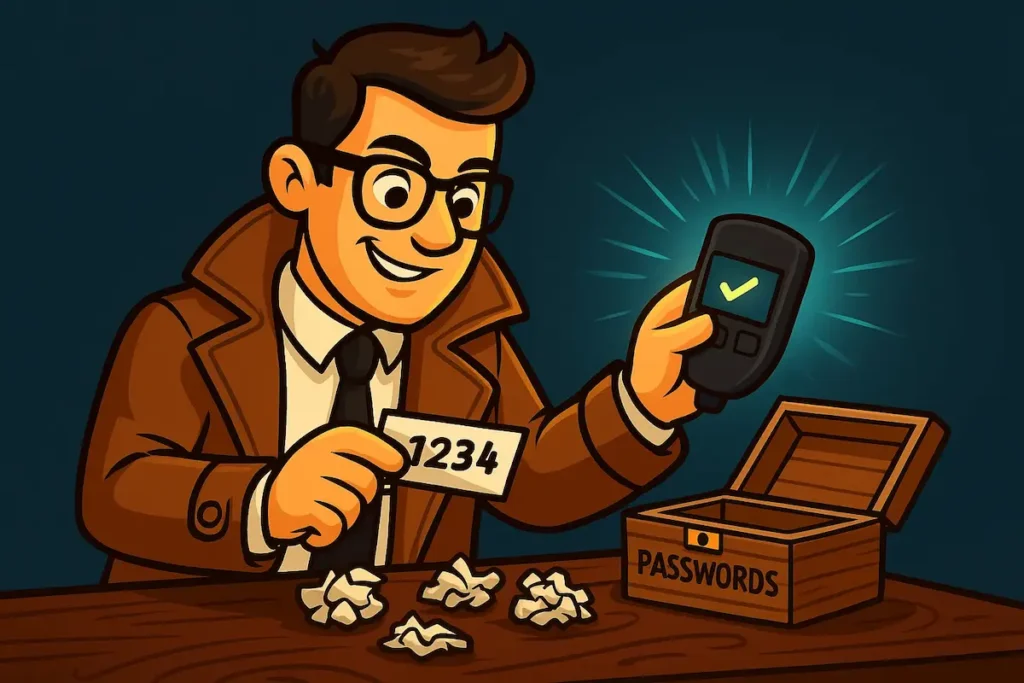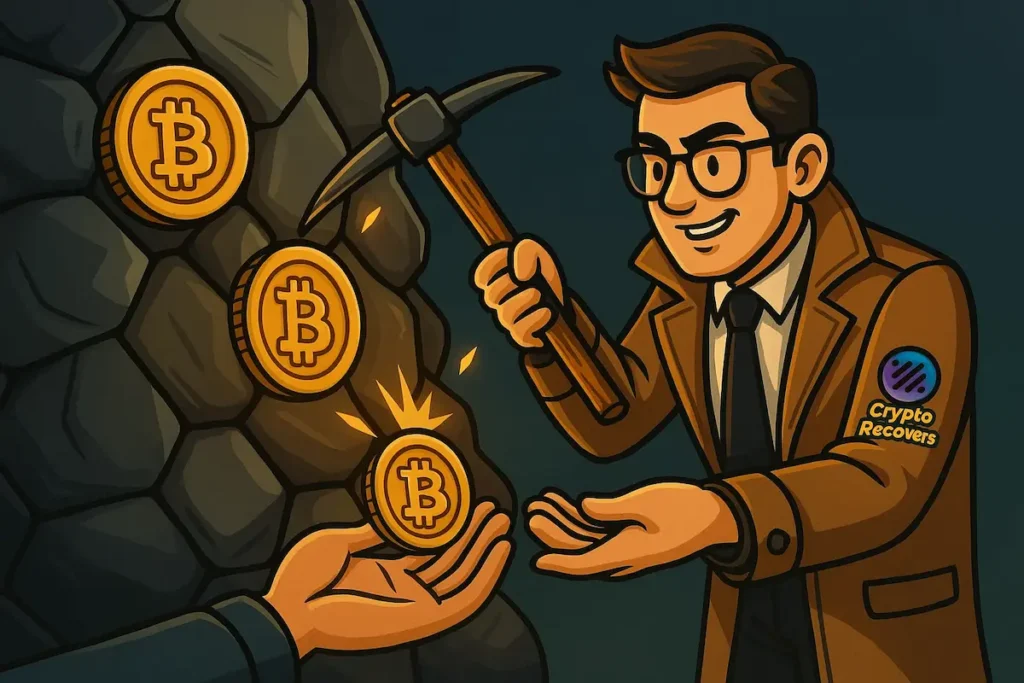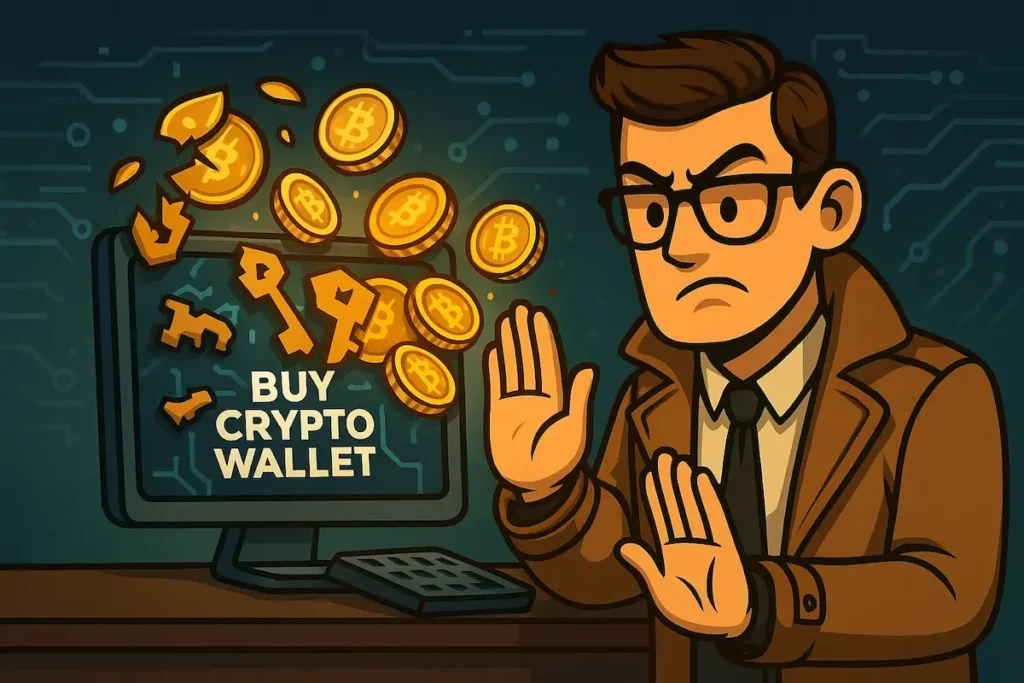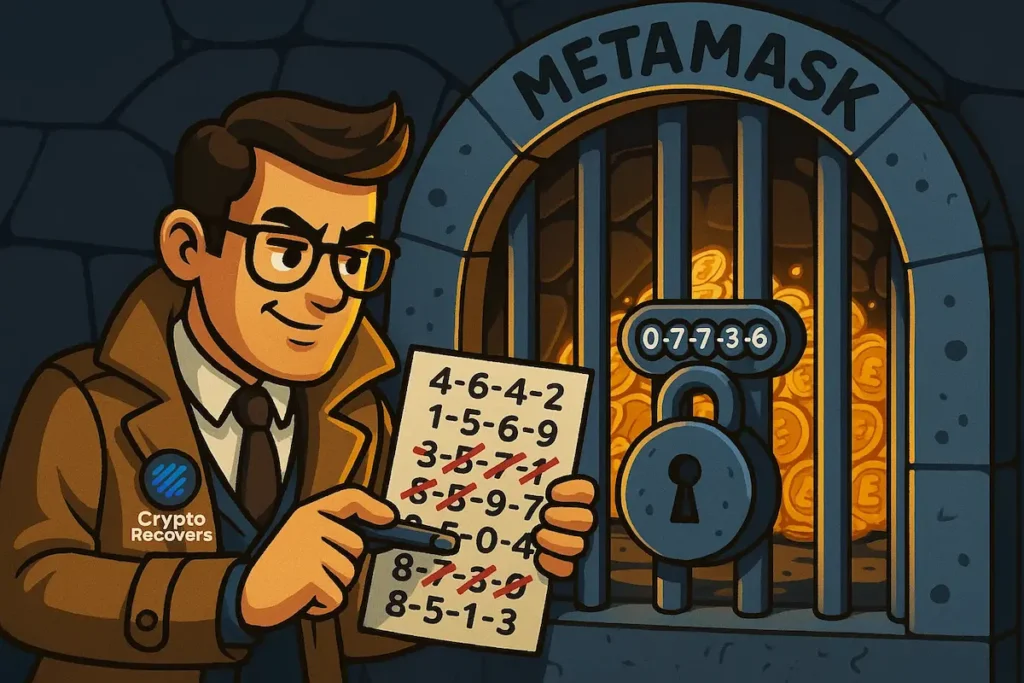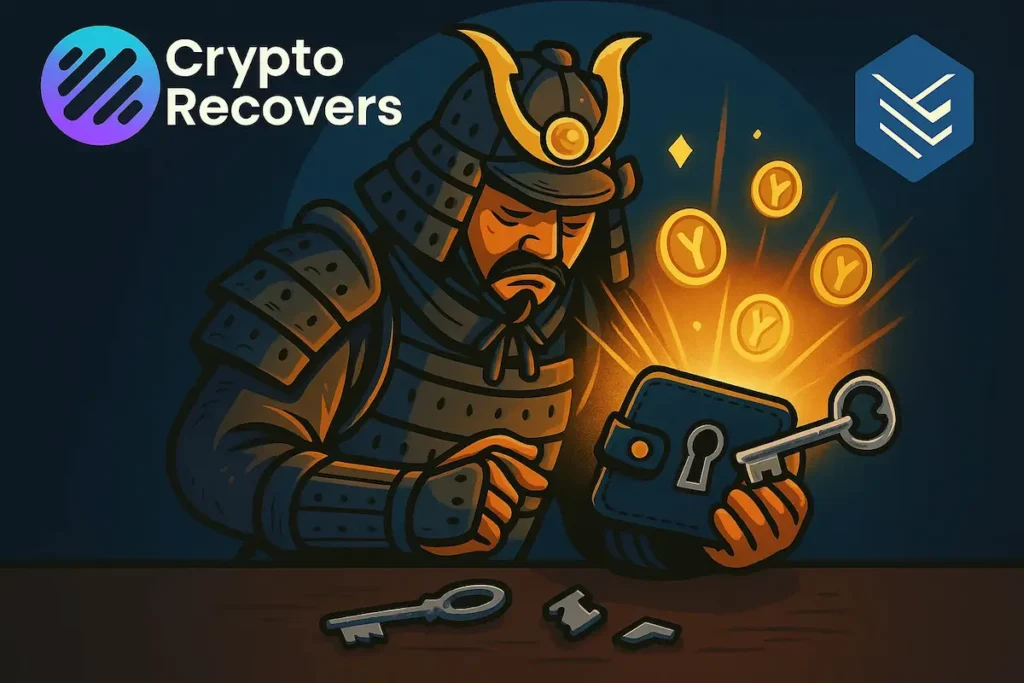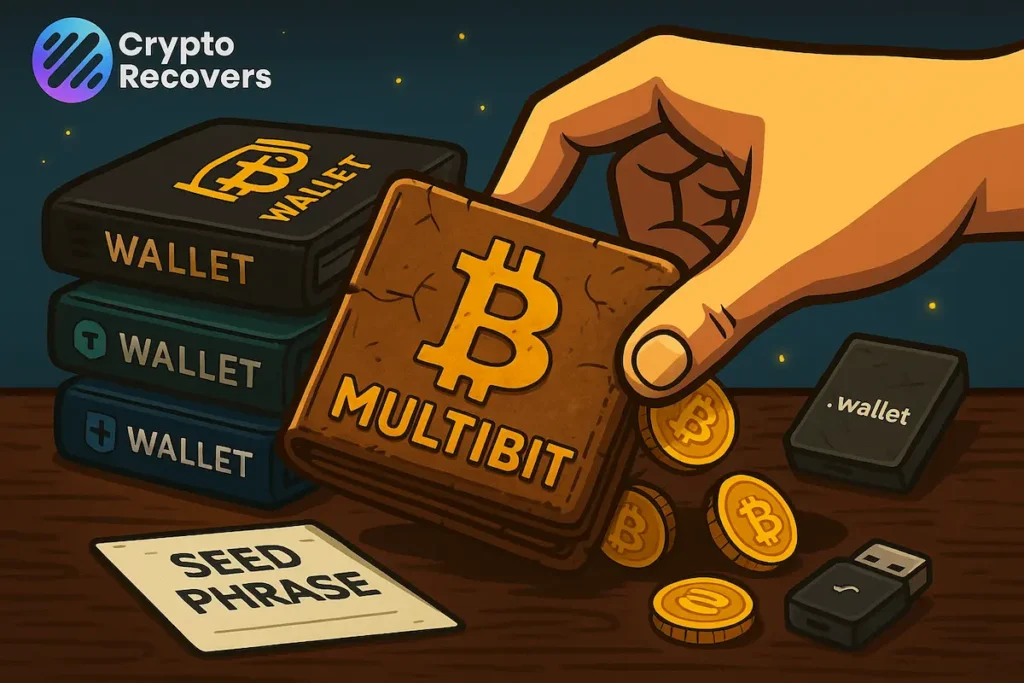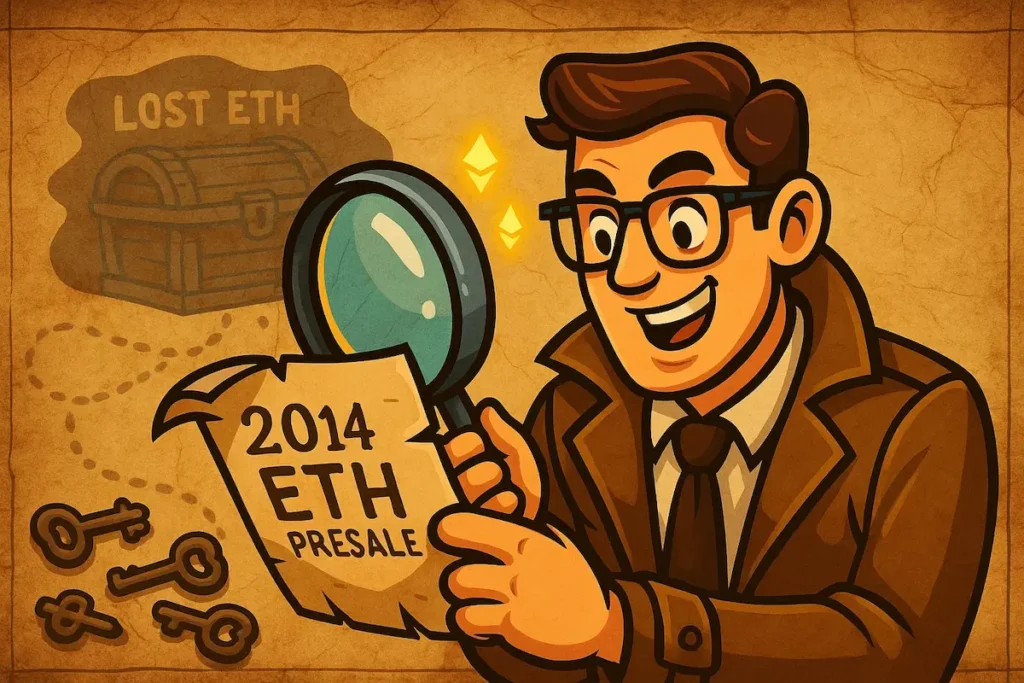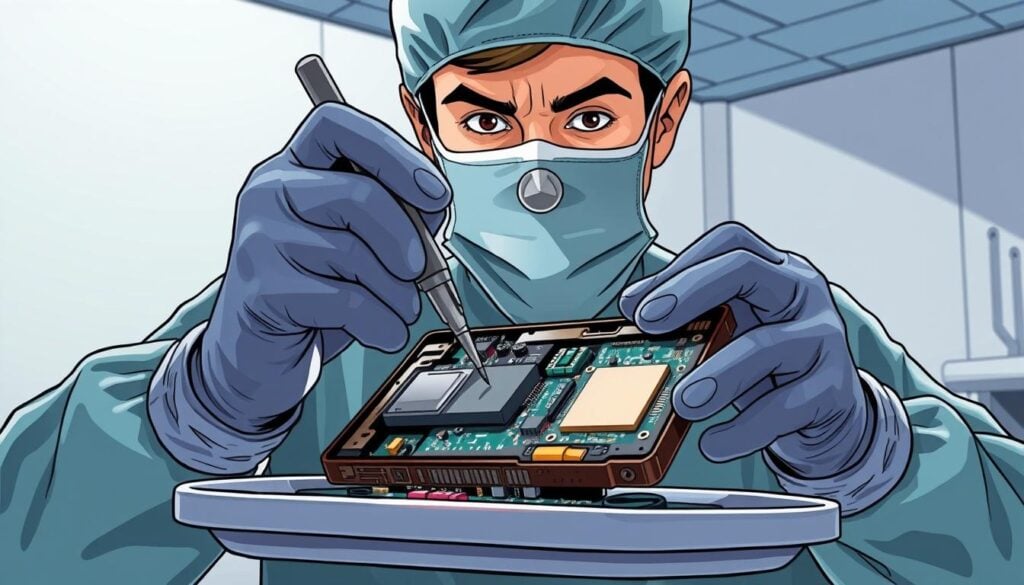Many people struggle with Bitcoin wallet access issues. These problems can come from software not working right, damaged wallet files, or issues with the network. Knowing what causes these problems is key to getting back into your digital assets. We’ll look at the main reasons why Bitcoin wallets won’t open and offer ways to fix these issues.
Highlighted Information:
- Bitcoin wallet access issues can stem from various factors, including software incompatibility, corrupted wallet files, and network synchronization problems.
- Proper backup procedures, wallet information verification, and documentation gathering are crucial steps before attempting to recover your wallet.
- Troubleshooting techniques such as rebuilding the database, managing network connectivity, and resolving wallet.dat file problems can help address common wallet access issues.
- Professional recovery services like Cryptorecovers.com offer specialized expertise in retrieving lost or inaccessible cryptocurrency wallets.
- Implementing preventative measures, such as regularly backing up your wallet and securing your seed phrases, can help mitigate future wallet access problems.
Common Reasons Why Bitcoin Wallets Won’t Open
As more people use Bitcoin, they might face problems opening their digital wallets. Several common issues can stop Bitcoin wallets from opening. Knowing these problems helps fix wallet access issues. Main reasons include software compatibility, corrupted wallet files, and network problems.
Software Compatibility Issues
Outdated wallet software is a big reason for wallet problems. Bitcoin’s world keeps changing, and wallet updates are key. Not updating your wallet can cause software issues, making it hard to open your Bitcoin wallet.
Corrupted Wallet Files
Corrupted wallet files are another common issue. This can happen from system crashes, power outages, or wrong shutdowns. When files get corrupted, your wallet can’t read the needed info, blocking access to your Bitcoin.
Network Synchronization Problems
It’s important for your wallet to sync with the network. If it can’t, you might see wrong balance info or can’t make transactions. Sync issues come from bad blockchain downloads, connection problems, or specific settings.
Knowing these common wallet problems helps you avoid them. Keep your wallet software up to date, back up your files, and watch your network sync. This way, you can keep using your Bitcoin wallet without trouble.
Understanding Bitcoin Wallet Access Issues
Bitcoin wallet access problems can show up in different ways. You might see error messages like “Wallet file verification failed” or “Data file is already loaded.” These issues could be due to database loading problems, issues with pruned mode, or running multiple wallet instances at once. It’s important to fix these problems to get back to your cryptocurrency.
Software compatibility is another common issue. As Bitcoin and its software grow, older versions might not work anymore. Make sure you’re using the latest version of your Bitcoin wallet app to avoid these problems.
Corrupted wallet files can also block your access. This can happen because of hardware failures, power outages, or other system issues. To fix this, you might need to restore from a backup or use special recovery tools.
Network synchronization problems can also stop your Bitcoin wallet from opening. If your wallet can’t sync with the blockchain, it might show an “out of sync” error. To solve this, check your network connection, blockchain download, and reindexing needs.
Knowing why your Bitcoin wallet isn’t working is the first step to fixing it. By understanding common error messages and their causes, you can take action. This will help you regain control of your cryptocurrency and keep your digital assets safe from future problems.
Essential Steps Before Attempting to Recover Your Wallet
Losing access to your Bitcoin wallet can be really frustrating. But, taking the right steps before trying to recover it can help a lot. One key action is to make backup files of your wallet.dat and other important data. This keeps a safe copy of your wallet info, which is vital for recovery.
Creating Backup Files
Backing up your wallet files regularly is a simple but effective way to protect your Bitcoin. You should copy your wallet.dat file and store it in a safe place, like an external hard drive or cloud storage. Having these backups lets you easily get back your wallet if the original files get lost or damaged.
Verifying Wallet Information
Before you start trying to recover your wallet, check if your wallet info is correct. This includes your addresses and transaction history. This step helps you understand your wallet’s current state and can give you important clues during recovery. By checking your records, you can spot any mistakes or problems that might come up.
Documentation Gathering
Gathering all important documents, like recovery phrases or private keys, is key. This info is crucial when you’re working with recovery services or trying to get back into your wallet. Having all the right information ready can make the recovery process much smoother.
By following these important steps before trying to recover your Bitcoin wallet, you can boost your chances of success. Remember, being prepared and paying attention to details is the secret to effective wallet recovery.
Cannot Open Bitcoin Wallet: Troubleshooting Guide
If you can’t open your Bitcoin wallet, don’t worry. There are steps you can take to fix the problem. First, try restarting your wallet software. This simple action can solve many issues like software problems or network sync issues.
Then, check if there are updates for your wallet software. Developers often release updates to fix bugs or security issues. Make sure your wallet is up to date to avoid problems.
It’s also important to check your network connection. Make sure your device is online and that no firewalls or routers are blocking Bitcoin traffic. If you still have issues, you might need to try more advanced solutions like rebuilding the database or fixing pruned mode problems.
Keep in mind, troubleshooting steps can differ based on your wallet software. Look at the wallet’s documentation or contact the developer’s support for help. With the right steps, you can usually get back into your wallet and your cryptocurrency.
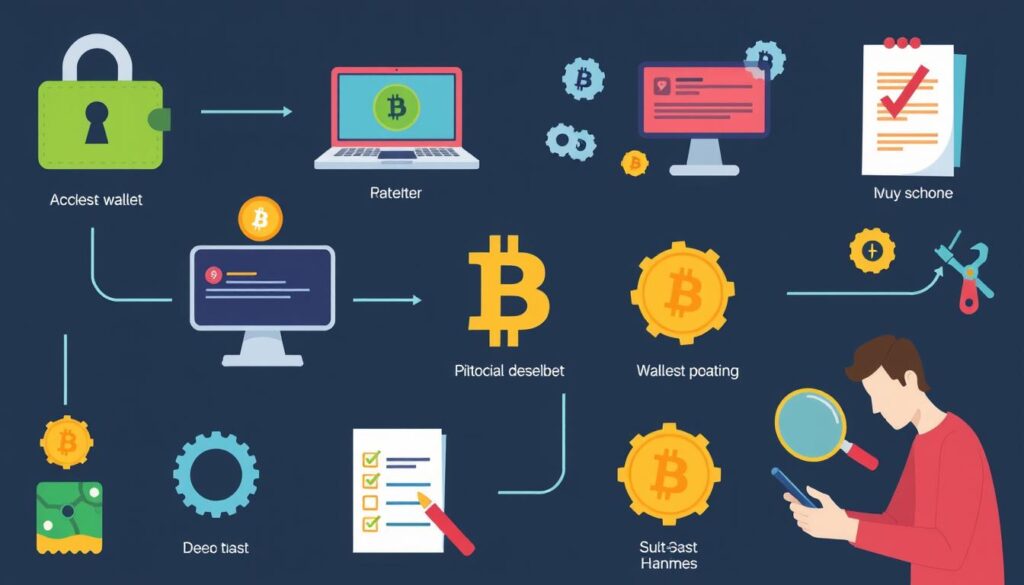
How to Handle Database Loading Errors
Dealing with bitcoin database errors or pruned mode issues can be tough. But, there are ways to fix your Bitcoin wallet. One solution is to rebuild the database using the “-reindex” command. This can fix any damaged or missing data in the Bitcoin blockchain database.
Rebuilding the Database
To start, stop your Bitcoin client. Then, restart it with the “-reindex” parameter. This makes the client download and rebuild the blockchain from the start. It ensures your database is clean and works well.
This process might take a while. It depends on the blockchain’s size and your internet speed.
Dealing with Pruned Mode Issues
Pruned mode problems can also cause issues. If you don’t have the full blockchain locally, you might need to download it all. To do this, turn off pruned mode and let your client sync the full blockchain.
This will take a lot of time. You’ll need to download hundreds of gigabytes of data.
Managing Multiple Wallet Instances
Having multiple wallet instances can also cause problems. Make sure only one Bitcoin client is running at a time. Closing unused instances and restarting can often solve these issues.
By tackling these common problems, you can get your Bitcoin wallet working again. Always back up your wallet data regularly to avoid future issues.
Resolving Wallet.dat File Problems
Dealing with a corrupted wallet.dat file can be really frustrating. This file holds your Bitcoin’s private keys and other important info. Luckily, there are ways to fix wallet.dat file issues and get back to your Bitcoin wallet.
One simple step is to restore your wallet from a backup. If you have a recent backup, just swap the bad file with the good one. This is usually the fastest fix, if you have a good backup.
If you don’t have a backup or it’s also damaged, you might need special tools. Services like Bitcoin Wallet Recovery Service can find and use your private keys. They use smart algorithms to find and use valid keys, helping you access your Bitcoin.
Editing the wallet.dat file yourself is risky but sometimes needed. Only experts or pros should do this. Messing it up can make things worse, so be careful and get help if unsure. Read here more about Wallet.dat password recovery.
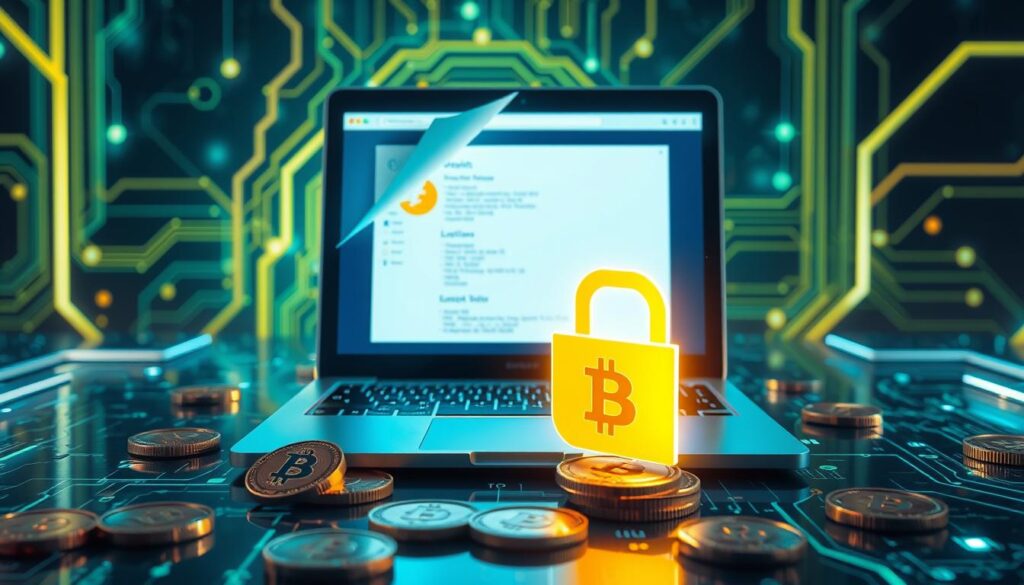
Quickly fixing wallet.dat file problems and using the right tools can help you get back to your Bitcoin wallet. Always back up and encrypt your wallet.dat file to avoid these issues later.
Network Synchronization Solutions
Keeping the bitcoin network in sync is key for your wallet to work right. But, problems like blockchain download issues and unstable connections can cause trouble. Luckily, there are ways to fix these problems and keep your network in sync.
Addressing Blockchain Download Issues
Many users face slow or stuck bitcoin network sync when downloading the blockchain. This might be due to slow internet, lots of blocks, or corrupted data. To fix this, make sure your internet is fast and stable. Also, try enabling the ‘pruning’ feature to save disk space.
Managing Network Connectivity
Having a steady network connection is vital for a synced bitcoin network. If you’re having network problems, check your firewall and make sure you’re connected to the bitcoin network. Also, make sure your system clock is correct. Sometimes, you might need to tweak your network settings for a stable connection.
Handling Reindex Requirements
At times, you might need to reindex the blockchain due to errors or corruption. This means downloading the whole Blockchain again, which takes time. Be patient and let the reindex finish without rushing, as it can cause more problems.
To solve network sync issues, tackle blockchain download problems, keep your network stable, and handle reindexing correctly. This will help you get back into your bitcoin wallet. Always back up your wallet data to keep your assets safe from unexpected issues.
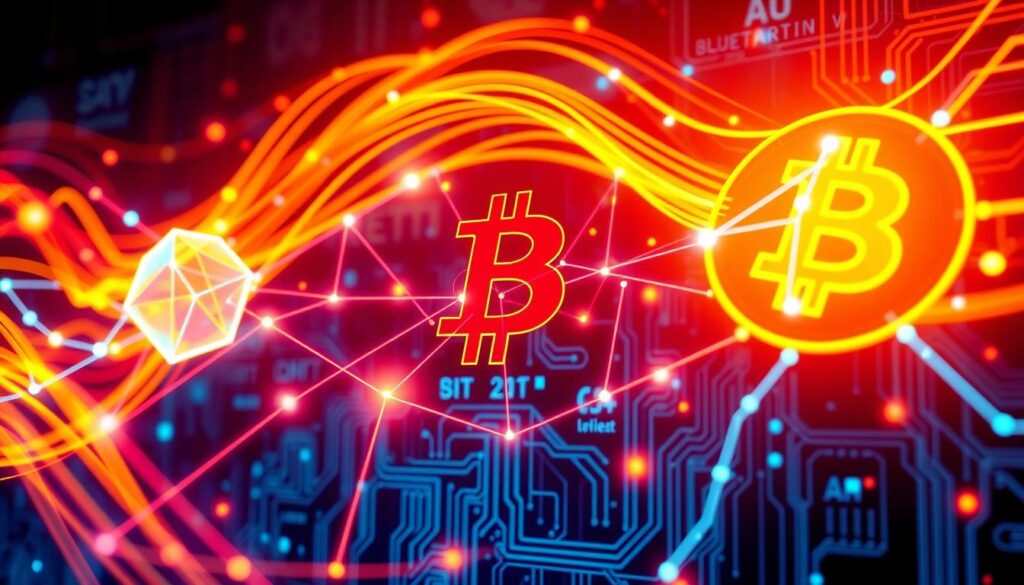
Professional Wallet Recovery Services at Cryptorecovers.com
For complex bitcoin wallet access issues, professional recovery services like Cryptorecovers.com can help. This company specializes in recovering inaccessible bitcoin wallets. They help clients regain access to their cryptocurrency assets.
Cryptorecovers.com has been around since 2019 and has a 5/5 client satisfaction rating. This makes it a reliable choice for those needing help with bitcoin wallet recovery or cryptocurrency asset recovery.
The team at Cryptorecovers.com includes experts in Blockchain, Data, and IT. We use advanced tools for wallet recovery and work on a no cure, no pay basis. This means we only keep a percentage of the recovered cryptocurrencies.
They transfer 80% of the recovered funds to the client’s new wallet. This model ensures clients only pay for successful recovery. It makes their services an accessible option for those facing bitcoin wallet access issues.
Whether you’ve forgotten your password, lost access to your wallet, or encountered technical problems, Cryptorecovers.com can help. They assist in regaining control of your bitcoin, Ethereum, Ripple, Electrum, Dogecoin, and other cryptocurrency assets.
Their comprehensive approach to wallet recovery includes data recovery from old hard drives. This makes them a valuable resource for anyone needing professional wallet assistance.
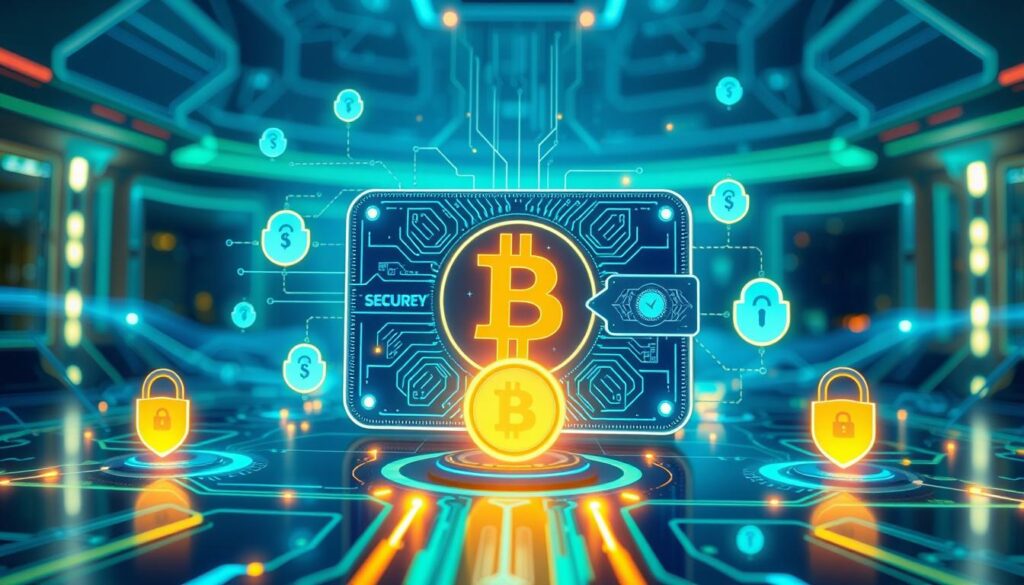
Prevention Tips for Future Wallet Access
To keep your bitcoin wallet safe, it’s key to follow strong security steps. Always update your wallet software to get the newest security updates. Also, make and keep safe copies of your wallet. This helps if you lose data or if it gets damaged.
Using hardware wallets like Ledger or Trezor can really boost your wallet’s security. These devices keep your private keys safe offline, away from online threats. It’s also smart to use strong, unique passwords for your wallet. Make sure they have letters, numbers, and symbols.
Adding multi-factor authentication (MFA) adds an extra layer of protection. It helps keep your wallet safe, even if someone guesses your password. Stay up to date with the latest online threats and keep your devices clean from malware. This way, you can avoid future problems with accessing your wallet.



